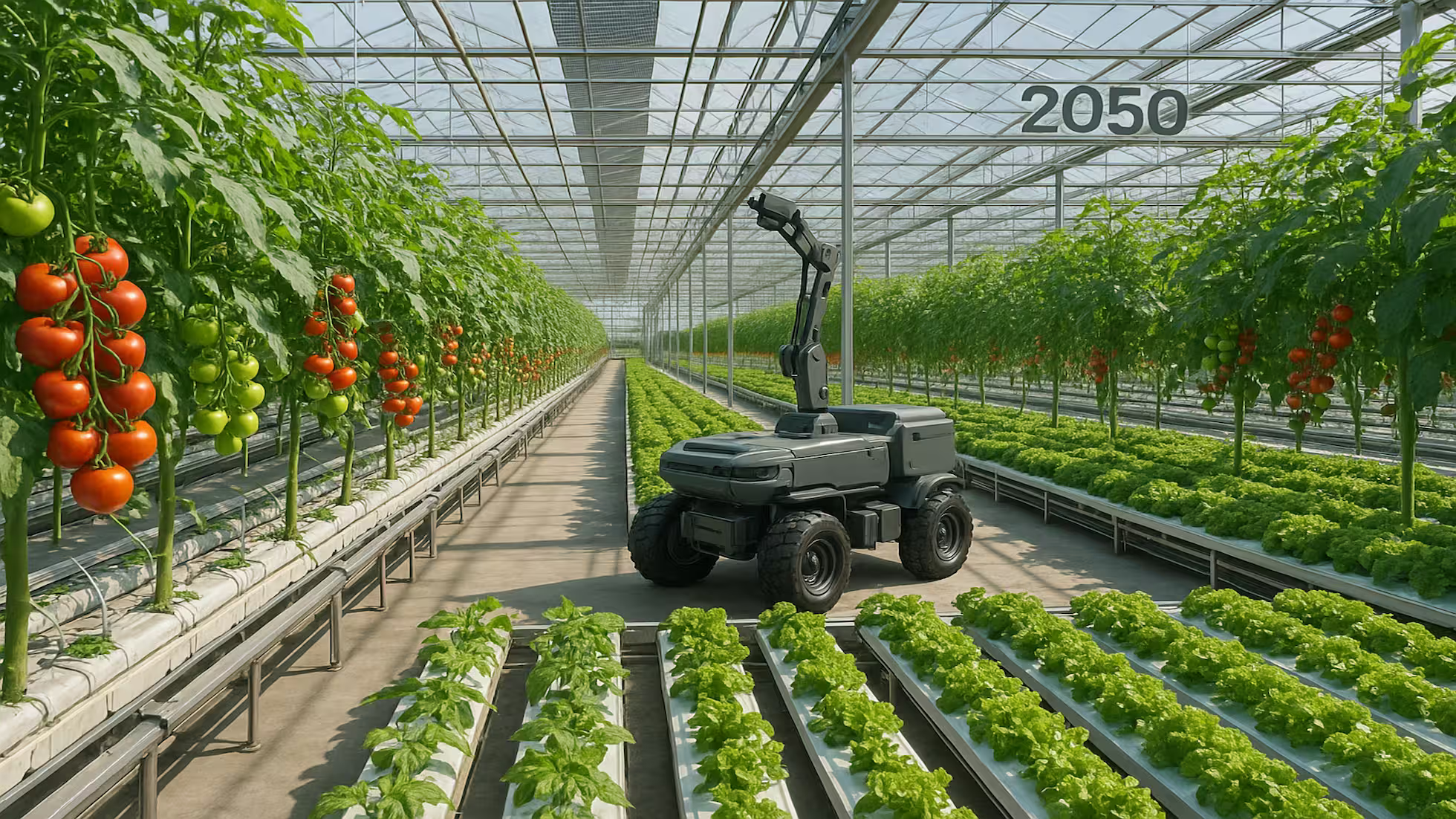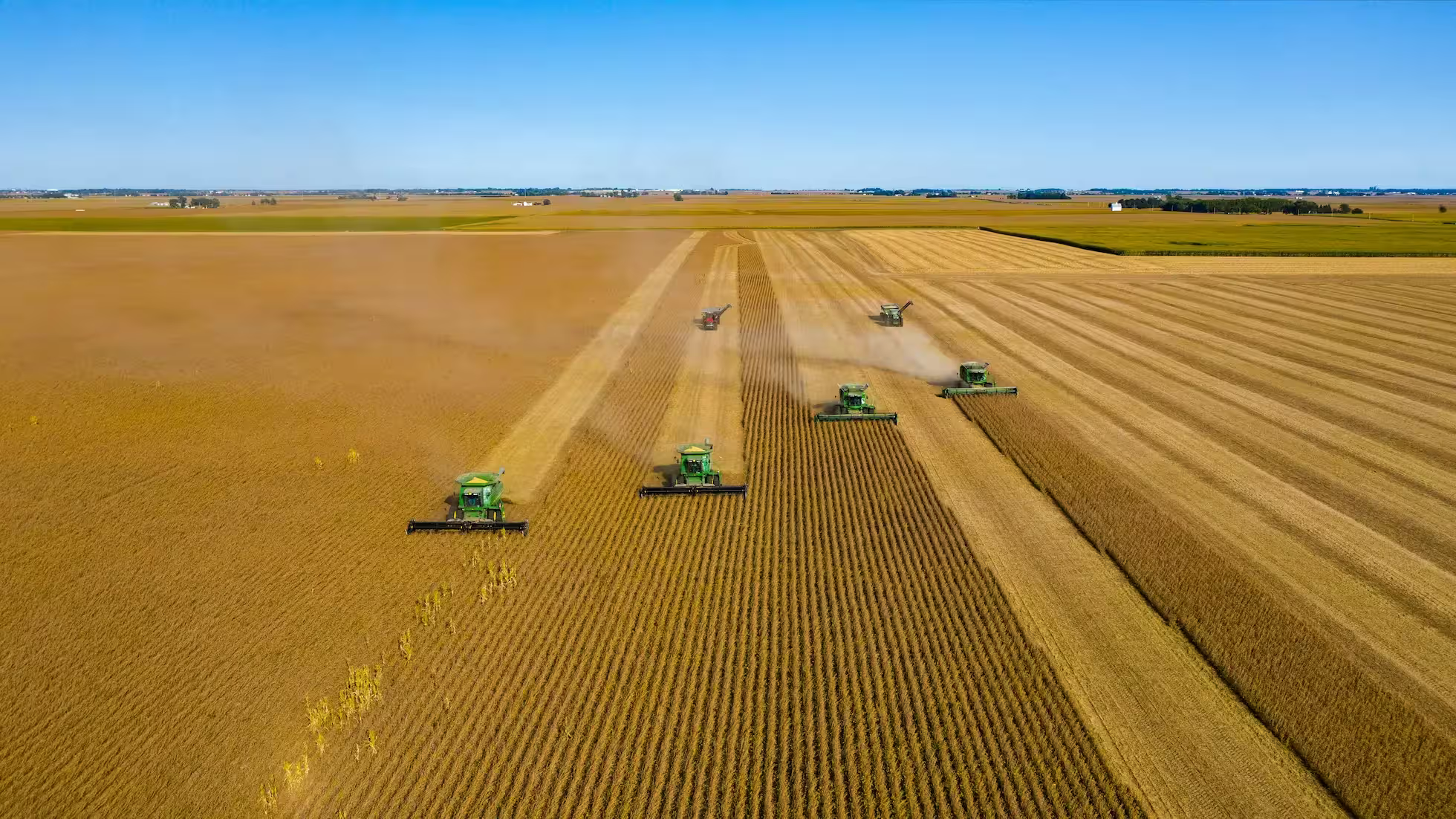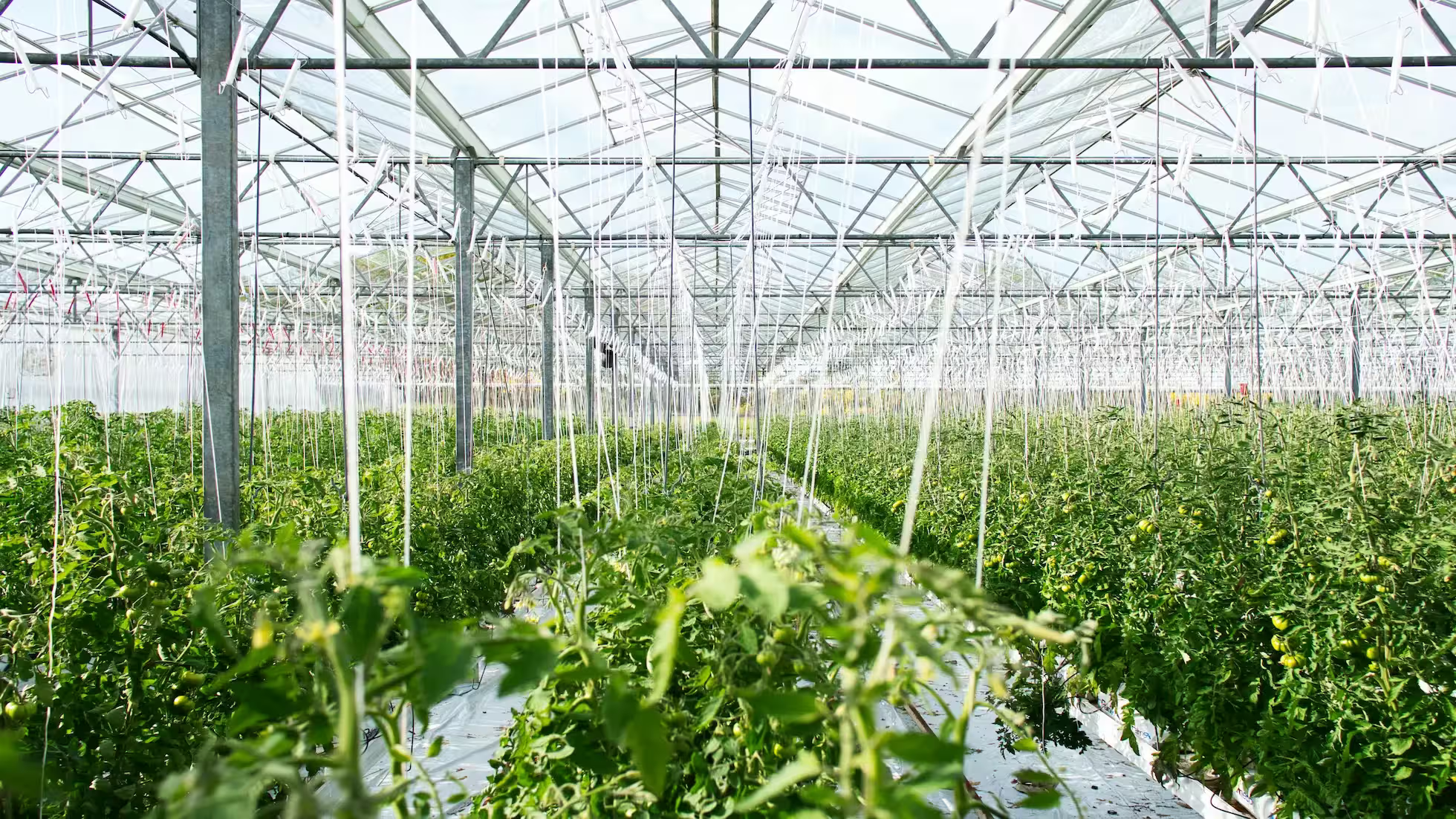Implementation Plan for Building Smart Agriculture Leading Zones

To thoroughly implement the important instructions on the “three rural issues” (agriculture, rural areas, and farmers) and Digital China, narrow the “three gaps,” and build signature achievements for common prosperity, this plan launches Smart Agriculture Leading Zones to accelerate agricultural digitalization and modernization in alignment with MOA opinions and the National Smart Agriculture Action Plan (2024–2028).
I. Overall Objectives
Adopt a high-efficiency, eco-friendly development path; embrace the “big food” concept; foster new productive forces; focus on improving total factor productivity and governance effectiveness. Prioritize digitalization, mechanization, facility-based and intensive development; follow the path “digital base → digital agriculture factory → future farm.” Build a smart agriculture system of “intelligence + equipment + facilities,” accelerate the diffusion of AI, IoT, big data, and intelligent equipment, and promote full-chain digital transformation.
By end of 2027: enhance public service capacity; build 1,000 digital agriculture factories and 100 future farms; broadly apply key use cases; form a “low-altitude + agriculture” pattern; raise agricultural informatization rate to ≥52%.
By end of 2030: significantly enhance public service capacity; establish standards and scenarios; scale application of advanced domestically made intelligent equipment; achieve breakthroughs in key regions and links; mature mechanisms for province-wide roll-out; raise informatization rate to ≥55%.
Vision by 2035: attain major achievements in smart agriculture; reach internationally advanced levels in key technologies and equipment; steadily increase informatization; strongly support building an agricultural power.
II. Action: Enhance Public Service Capacity
Build a “1+1+3+X” digital-intelligence system—integrating a knowledge data center, model training platform, and scenario service supply—to form a smart agriculture hub that iteratively improves capabilities.
(1) Upgrade One “Brain”
Iteratively build “Zhejiang Rural Brain 2.0,” unifying users, portals, business loops, maps, and services.
• One Map: integrate satellite RS, UAV, ground IoT, and intelligent equipment to build an “air–space–ground” monitoring system and province-wide agriculture map.
• One Repository: establish a secure, compliant, open high-quality data repository with governance, integration, and multi-modal fusion.
• One Model: leverage provincial model capabilities; focus on breeding, production, circulation, and governance; tackle data analytics and digital twin technologies; build domain large models; integrate crop growth simulation, intelligent pest/disease diagnosis, and market prediction; develop natural-language systems for agronomists and producers; create a model component library and evaluation framework.
(2) Integrate and Expand One “Code”
Iterate “Zhe Nong Code 2.0,” connect with national “Quan Nong Code” for inter-provincial data linking and business collaboration. Empower brands and specialty products with full-chain traceability, grading, and pre-warning; strengthen industry governance with coding rules for machinery, seeds, and projects; implement “three-color” pre-warnings; and enable full-cycle fund supervision with “one-code oversight.”
(3) Build Capabilities Across Three Blocks: Strong Villages, Prosperous People, Thriving Industries
Iterate, plan, and optimize applications; enable two-way empowerment with “Rural Brain 2.0.” For “strong villages,” enhance rural governance and integrated service delivery; for “prosperous people,” optimize high-frequency services like “agricultural assistance” and “direct-to-farmer benefits”; for “thriving industries,” iterate applications such as “Excellent Agricultural Products,” “Livestock,” “Grain,” “Machinery,” and “Farmland.”
(4) Create X Smart Production Scenarios
Target segments across planting, livestock, and fisheries; emphasize real needs and efficacy; build scenarios based on new tech clusters and large models; form a sensing–transmission–analysis–decision loop; provide practical solutions for stakeholders; and cultivate an open, collaborative innovation ecosystem.
III. Action: Boost Efficiency in Key Domains
(1) Smart Planting
Focus on grain yield improvement and efficient facility production. In open fields, target fully intelligent operations across “people–things–fields” and “till–plant–manage–harvest” to raise large-area yields. In facilities, develop seedling/seedling-transplant centers, plant factories, and specialty crop bases; prioritize climate control, pest/disease control, intelligent fertigation, UAV/robot inspection and logistics, decision support, and precision operation.
(2) Smart Livestock
Focus on multi-level farms and scaled bases: individual vital monitoring, biosecurity, barn environment control, intelligent feeding and energy monitoring, autonomous inspection and disinfection, intelligent diagnosis, and transport supervision—enabling precise control, early warning, decision support, and service delivery.
(3) Intelligent Fisheries
Focus on land-based factory farming, engineered ponds, deep-water cages/rafts, and hatcheries; apply digital technologies to behavior monitoring, intelligent aeration, precision feeding, RAS control, cage lifting/cleaning, intelligent diagnosis, and grading/counting; explore intelligent hatchery factories; achieve sensing, automation, early warning, decision support, and quality control across the chain.
(4) Intelligent Breeding and Seed Industry
Advance smart technologies for breeding and seed production, enhancing germplasm innovation, production efficiency, quality control, and supply chain traceability.
Editor’s note: This is a concise and faithful English rendition of a long policy document. If you’d like a line-by-line full translation of all remaining sections (e.g., innovation systems, talent, demonstration pilots, financing, factor guarantees, and outreach), I can complete it and update this article.
Published at: Aug 1, 2025 · Modified at: Dec 24, 2025
Related Posts

Trends and Pathways for the Development of Digital Agriculture

Academician Zhao Chunjiang: Advancing Smart Agriculture and Building Digital Villages

